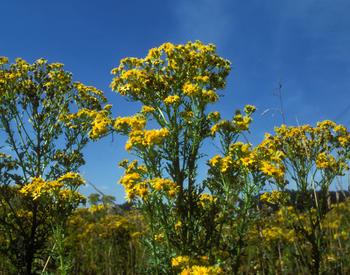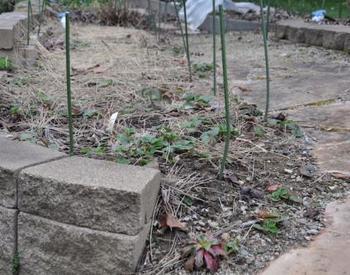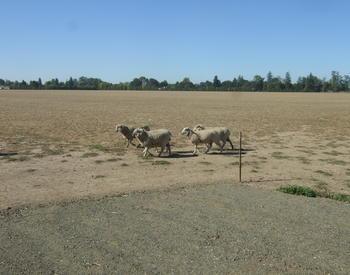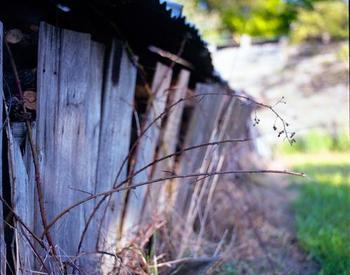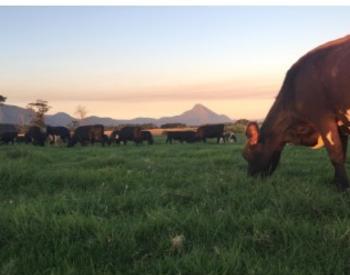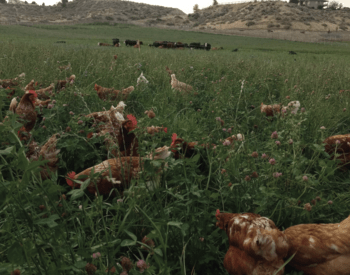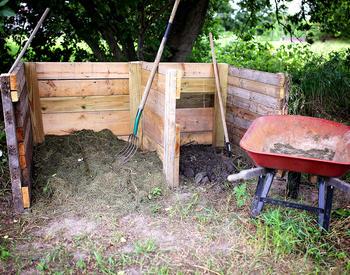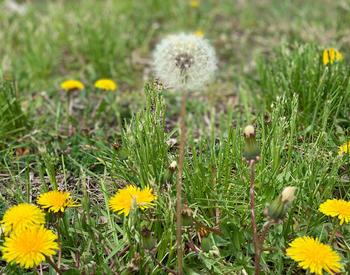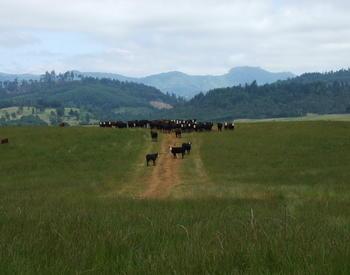At times, it can seem like there's more moss growing in our pastures than grass. What went wrong? How can the problem be fixed?
Most folks want to know what they can do to get rid of the moss, but the root of the issue goes deeper. Often, moss is a symptom rather than the actual problem.
Simply attempting to kill or remove the moss is a "Band-Aid approach" or a temporary solution. Ferrous sulfate and other products intended for use on lawns are expensive but may reduce and perhaps kill moss in pastures. However, the moss or other weeds will reappear, unless changes in pasture management occur. If a product such as ferrous sulfate is applied to pastures it is advised to test forage to monitor for excessive iron levels which may be harmful to livestock.
The conditions that favor mosses over grass include shade, damp or compacted soils, low soil fertility, acidic soils or some combination of these conditions. If the pasture is in poor condition, the open space allows for moss to creep in due to lack of competition from desirable plants. Management that improves the conditions for grass production will in turn reduce the amount of moss in the field.
Managing grazing animals through rotational grazing to leave approximately 3 to 4 inches of grass in the pasture will support the forages by developing a strong root system and provide maximum leaf surface areas to intercept sunlight to continue growth.
While mosses will grow in well-drained soils, they grow better in wet soil than some grasses do. Improving drainage of the soil may help. Introducing grasses tolerant to wet soils will also help out-compete moss.
Soil compaction, another condition that promotes moss, prevents internal drainage of the soil. When the top few inches of the soil are compacted, movement of air, water and nutrients are reduced for the struggling grass roots. Also, it is more difficult for grass roots to penetrate compacted soil. Reducing or eliminating grazing by heavy animals like cattle or horses on wet soil will help reduce soil compaction.
Soil fertility is often one of the key factors of moss infestations in pastures. In many cases, providing appropriate nutrients will allow grasses and legumes to crowd out the moss.
Acidic soils also favor moss production. Pasture grasses prefer a soil pH of 5.5 to 6.5. Raising the pH requires adding lime to the pastures. The higher pH will not kill the mosses but will favor grass growth. To determine the pH of the soil and the source and rate of nutrients needed to promote grass growth in your pasture, take a soil sample and send it to a laboratory for a nutrient analysis.
Breaking up large mats of moss and broadcasting grass seed in the bare areas will help grass get a better start. Heavy moss infestations may require renovation of the pasture, including working up the soil, fertilizing and liming according to a soil test, and reseeding.
To learn more about renovation options see Pasture and Hayland Renovation for Western Washington and Oregon.
